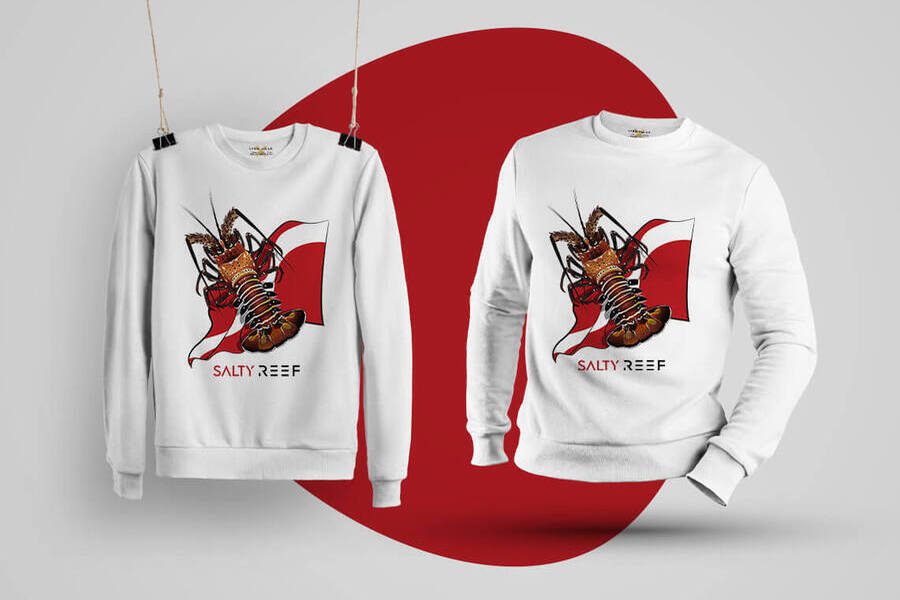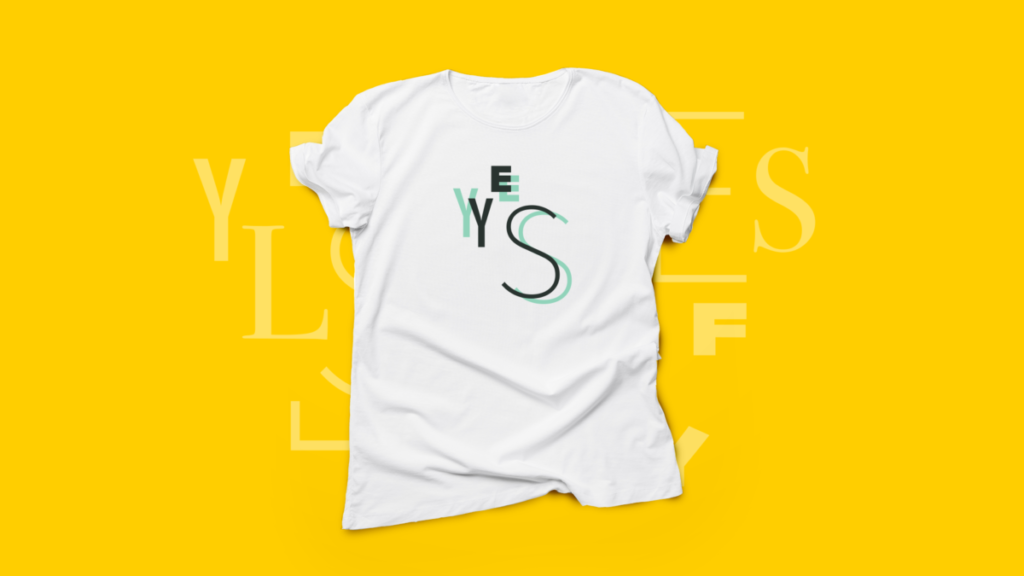T-shirts have always been a staple in the world of fashion, representing a unique blend of comfort and self-expression. Over the years, these humble garments have witnessed a myriad of design trends that reflect the changing tastes and attitudes of society. From the bold and rebellious statements of the 1960s to the minimalistic and sleek aesthetics of the 2000s, each decade has left its mark on the world of T-shirt printing.
Let’s take a journey through time, exploring the iconic T-shirt designs and styles that have defined different eras.
– The 1960s were a time of cultural revolution, and T-shirts became a canvas for political and social messages. Tie-dye shirts gained popularity, reflecting the vibrant and psychedelic spirit of the era. People expressed their anti-war sentiments and support for civil rights through slogans and symbols printed on their tees. The peace sign, flowers, and psychedelic patterns became emblematic of the counterculture movement. T-shirts printing became a powerful tool for self-expression and spreading awareness.

– As the world transitioned into the 1970s, T-shirt designs took a more laid-back turn. Inspired by the groovy vibes of disco and rock music, they featured bold graphics and typography. Band logos and album covers became popular choices for printing, allowing fans to proudly display their musical preferences. The vibrant colors and extravagant fonts captured the essence of the disco era, making them a fashionable medium to showcase individuality.
– The 1980s brought about a new wave of T-shirt fashion, with neon colors and geometric patterns dominating the scene. They were emblazoned with pop culture icons, such as Pac-Man and superheroes like Superman and Batman, were all the rage. Additionally, the rise of streetwear culture led to the emergence of graphic tees with graffiti-inspired designs. They became a means of embracing the urban style and expressing one’s affiliation with the hip-hop movement.
– In the 1990s, the grunge and alternative rock scene influenced T-shirt designs, giving birth to the era of “band tees.” Musicians like Nirvana and Pearl Jam became symbols of a rebellious and angsty youth culture. Fans proudly sported T-shirts featuring album covers or tour dates, often worn with ripped jeans and flannel shirts. The simplicity of these designs, often just black and white with distressed graphics, perfectly captured the grunge aesthetic.

– Moving into the 2000s, T-shirt designs became more minimalistic and focused on branding. Logos of popular clothing brands and sports teams became the centerpieces of many tees. Simplicity and clean lines defined this era, with bold typography and iconic symbols making a statement. They became a status symbol, representing the wearer’s affinity for a particular brand or lifestyle.
– In recent years, T-shirt designs have embraced a more personalized and eclectic approach. Customization and individuality are at the forefront, with people opting for personalized messages, intricate illustrations, and unique prints. The rise of online platforms and printing technologies has made it easier than ever for individuals to design and print their own T-shirts, resulting in a diverse and ever-changing landscape of styles and designs.
In conclusion, T-shirt designs have evolved significantly over the decades, reflecting the spirit and trends of each era. So, embrace the evolution of T-shirt design, and let your style be a testament to the enduring power of self-expression and creativity.



